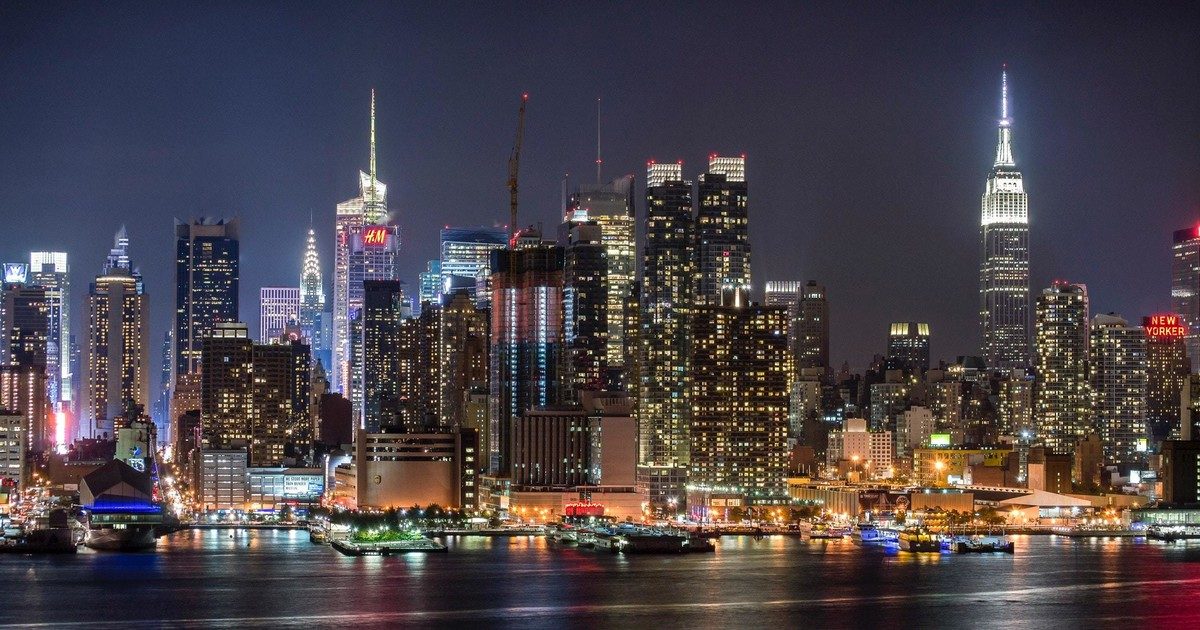I loved the class discussion that we had on Wednesday, as it was a nice way to end the semester and summarize the topics we’ve covered in class. After reading Andrea S. Boyles’s You Can’t Stop the Revolution, I was left with several questions. Boyles writes of the word “blackness” as having a negative connotation throughout history. She notes that newspaper articles describing the wrongful killing of Michael Browne include the words “it” and “daemon” when referencing him. Her point was particularly alarming to me. In the media, blacks (young black men) are continuously linked to criminality; Trayvon wore his hoodie, and newspaper articles highlight the “shady” background of these men as if it justifies their deaths. Boyles alludes to “feeding drugs” to inner city predominantly black neighborhoods. These arguments reminded me of the Sharkey and Massey/ Denton readings on white flight, segregation, and the formation of the inner city that we did earlier in the semester. When considering racism and injustice in cities, we should reflect on their origins. I have always thought that race is a social construction, which means that institutional racism was created as a means of social control. In Sharkey’s reading, he notes that cities were hubs where inequality thrived. The poor, racially diverse, and migrants would often live in the center where they could commute to work. By contrast, the wealthier white individuals would live on the outskirts of the city to escape its dirtiness. Similarly, later readings like the one by Massey and Denton describe the phenomenon known as white flight. Discriminatory housing policies would determine the racial makeup of cities. Realtors worked to exclude African Americans and “other” minorities through housing covenants. Whites flew to the suburbs at the arrival of a black family. Together, these events had devastating effects. “Blackness” is now associated with criminality. Blacks are much more likely to be incarcerated than whites for committing the same crime. Additionally, the War on Drugs led to the massive incarceration of young black men for minor drug offenses. Now, the United States is the leading country in prisons. I watched a Netflix documentary called 13th in which the director Ava Duvernay makes the bold claim that modern prisons are “a new form of slavery.” One possibility for the criminalization of young black men is society feels threatened by their presence and seeks to control black bodies. To exercise control over black youth, society then criminalizes them. Our cities are spaces where black youths are not safe. However, they can also be spaces for bonding together. My questions are: how has the term “blackness” created the conditions for wrongful shooting of black men? How does Society control black bodies, and why? Why does the media portray young black men as individuals to be feared? In other words, why link young black men with criminality? And finally, how can these effects be mitigated? How do communities come together to fight oppression and find order in chaos?

These questions really resonated with me, especially in terms of what “Blackness” represents. I believe it goes way beyond what media currently portrays concerning African American men and women. Although the media certainly embosses this current day rhetoric, the context behind it all is rooted in so much history. It is interesting to consider the ways that this rhetoric surrounding black people has stood the tests of time. I am left with more questions than answers. What about this narrative makes it constantly usable against black people’s defense.
You raise a lot of good questions about Blackness and its connotation in our society today. I think that the answer to a lot of these questions that you raise can be found in the benefits of institutional racism as a motivator to perpetuate oppressive systems. Race is a tool that is used implicitly and explicitly to decide who is granted access to particular resources. As we have seen examples of this in our class, one of which is the housing policies, it is no surprise to me that Black people are defined as “other” and “criminal” for the advancement and continuation of racist practices in our society.
The question that you have posed at the end of your blog post really made me think about how society has the ability to create a notion or stereotype on people and how do groups of people break these preconceived notions. I think that the community plays a big role in being able to mitigate effects independent on race and age. A community must be able to work together to achieve a common goal. But I think that the issue of racism is something that not only the community needs to address but society as a whole.